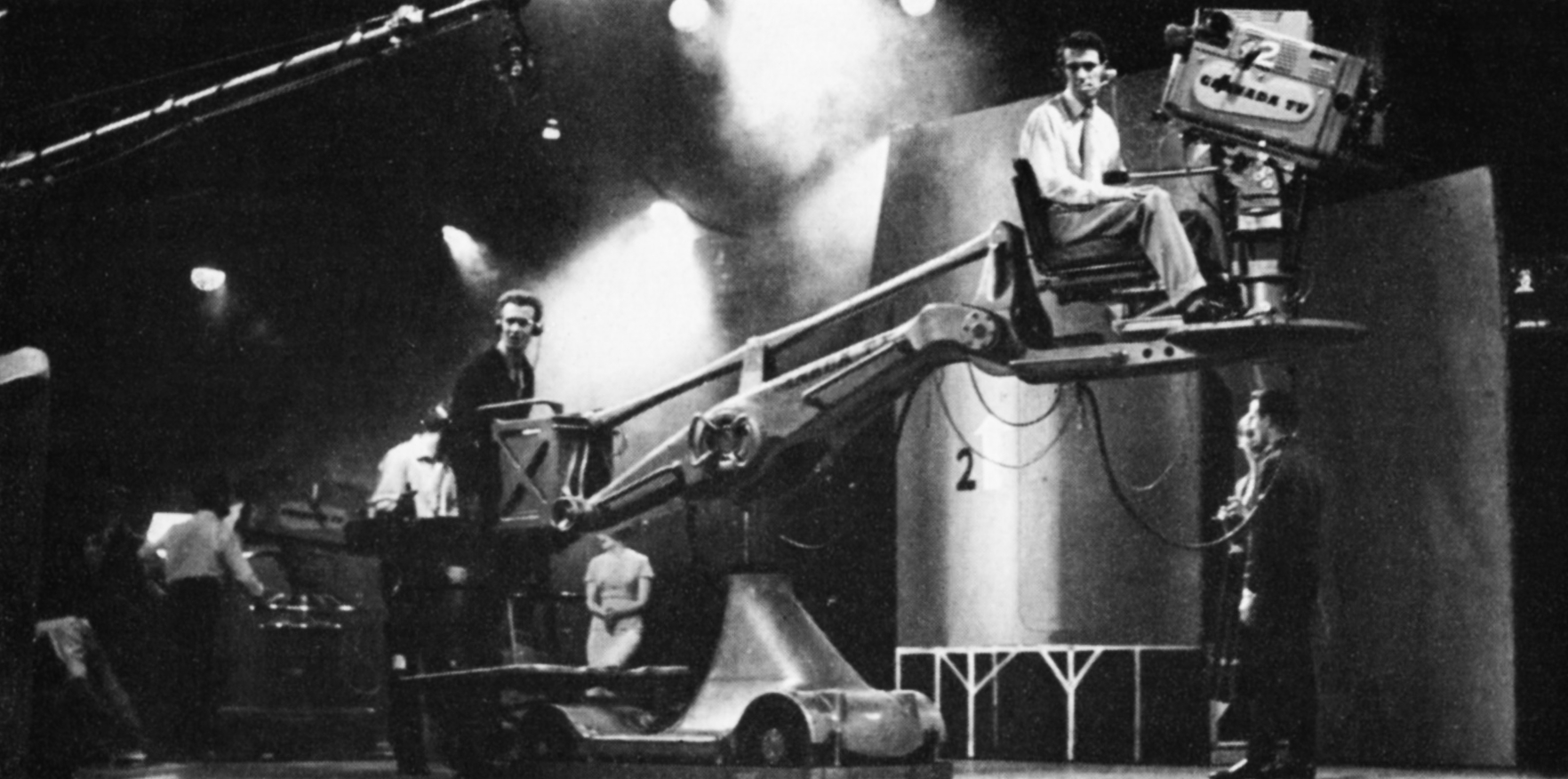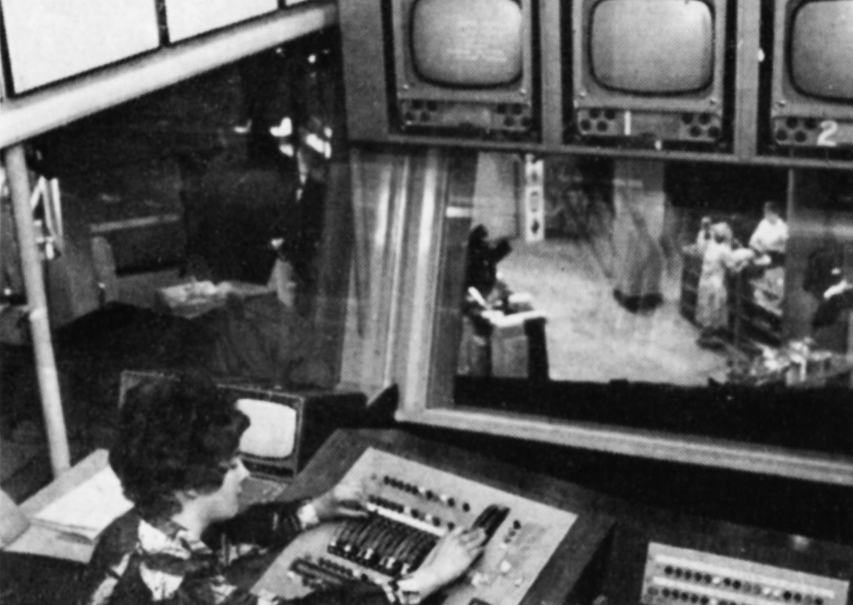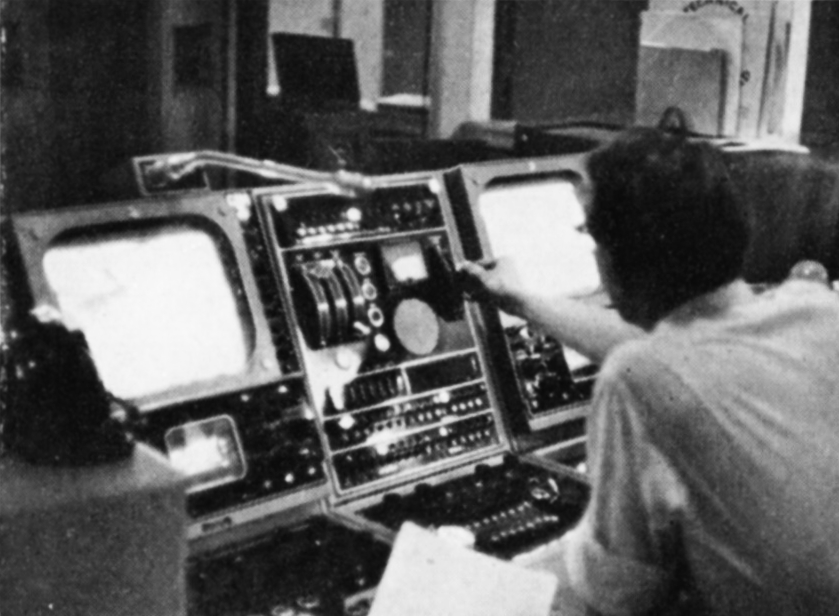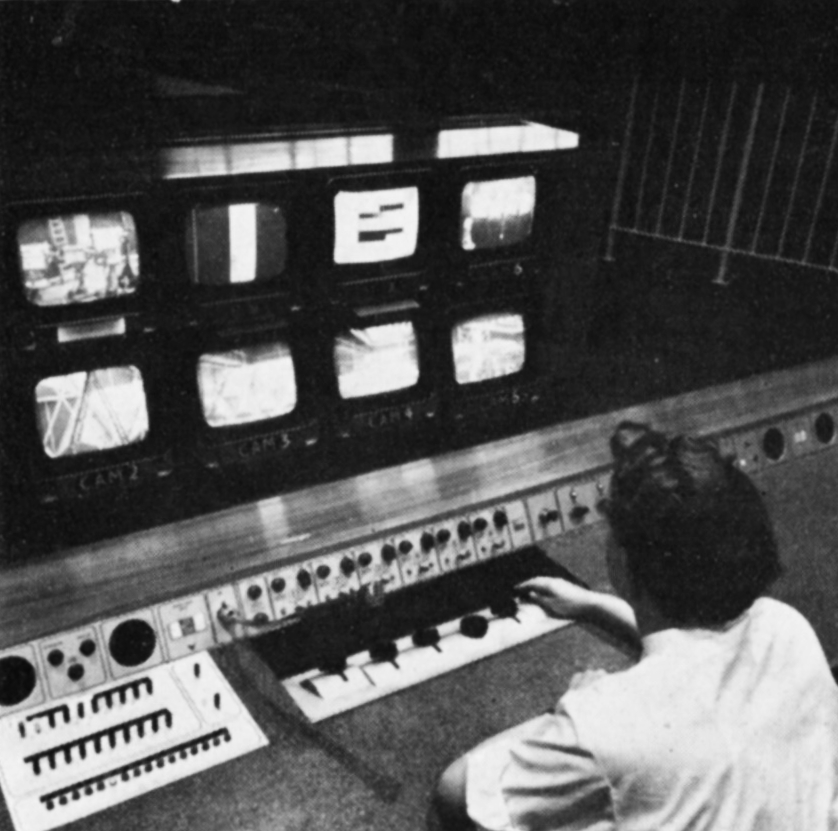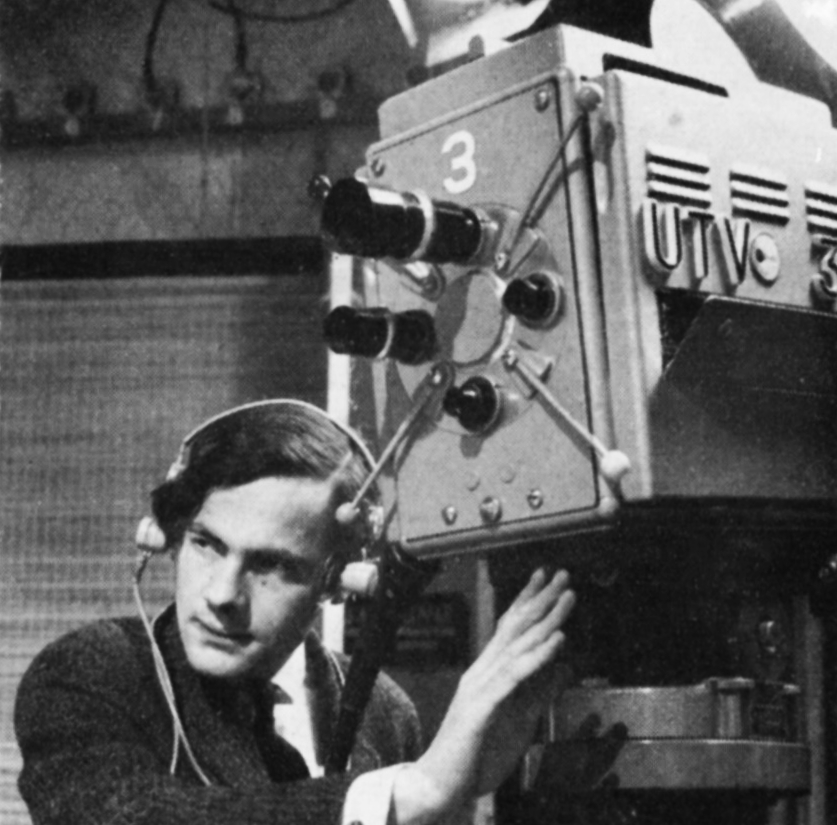Three things are involved in bringing a good picture into your home. The first is the set, which must be capable of receiving signals transmitted by the ITA and which also must be properly tuned. You cannot expect to get a good signal on a poor or badly adjusted set. Make sure that you understand the purpose of your set controls by reading the instruction book carefully. If you live in a place where the signal strength is weak it is all the more important to buy a set of maximum sensitivity, able to make the most of it.
The second important point is the feeder cable running from the set to the aerial: these cables vary in efficiency and the use of a good quality type can be an immense advantage. The farther away the aerial is from your set, e.g., if it is on the roof, the more important it is for you to have a first-class low loss lead-in cable. Experience has shown that the reception troubles of many viewers are a result of trying to save installation charges by using poor quality lead-in cable, with the result that half the signal strength is lost before it reaches the set.
The third important point is the aerial, which must be of the proper type and correctly fitted. The majority of reception problems are attributable to the wrong selection or fitting of Band III aerials. As signals transmitted on the frequencies used by the ITA are liable to be affected by hills, tall buildings and trees the aerial must be carefully selected and positioned so that the maximum signal is received: an alteration of a degree or two in its direction can sometimes make a considerable difference in the quality of reception.
You must make sure that the aerial you use is the right one for your particular circumstances. The largest and most expensive aerial is not necessarily the best in your case. Aerials vary from simple dipoles or single rods to large arrays with two rows of nine or ten rods. Owing to the difficulties caused by obstructions between transmitter and aerial it is possible that quite different results will be achieved by the same type of aerial in houses next door to each other, or even in different rooms in the same house and different parts of the same room. It is no good insisting to your dealer that you must have the same kind of aerial as your friend next door just because he gets a good picture. You may need a quite different aerial to get a picture of the same quality. Your best plan is to put yourself in the hands of a reliable dealer and take his advice. He may have to try several different types before he finds which kind suits you best, and his knowledge of reception conditions in your neighbourhood will help him to find the right one quickly.
Another important point is the location of the aerial. If the signal is very strong a good picture can be obtained with a portable stand aerial on top of the set or some piece of furniture close to it. If the signal is weak, it may be necessary to put the aerial in the loft or on the roof. It may take two men a whole day to find the place which gives the best results. You will have to pay for their time, of course, but you will find it well worth the money to take trouble over this matter. There is not much point in buying an expensive set and then spoiling its performance to save a few shillings, and dealers are too busy to spare men to waste your money by taking an excessively long time over the job.
One of the main reasons why it is worth taking trouble over your aerial is to make sure there are no “ghosts” or double images on your picture. If your aerial picks up, in addition to the direct signal, a signal reflected from some such object as a nearby factory wall, the reflected signal will reach the set a fraction of a second later than the direct signal, and so cause a ghost. By turning the aerial slightly it is often possible to reduce the ghosting or eliminate it altogether. On the other hand, if your aerial is masked from the transmitter by an obstruction, it is sometimes possible to find a better signal than the direct one by “aiming” your aerial at a strong ghost signal reflected from neighbouring buildings which are not so masked. Using or eliminating reflected signals takes time and trouble too, but here again the result makes it worth while.

